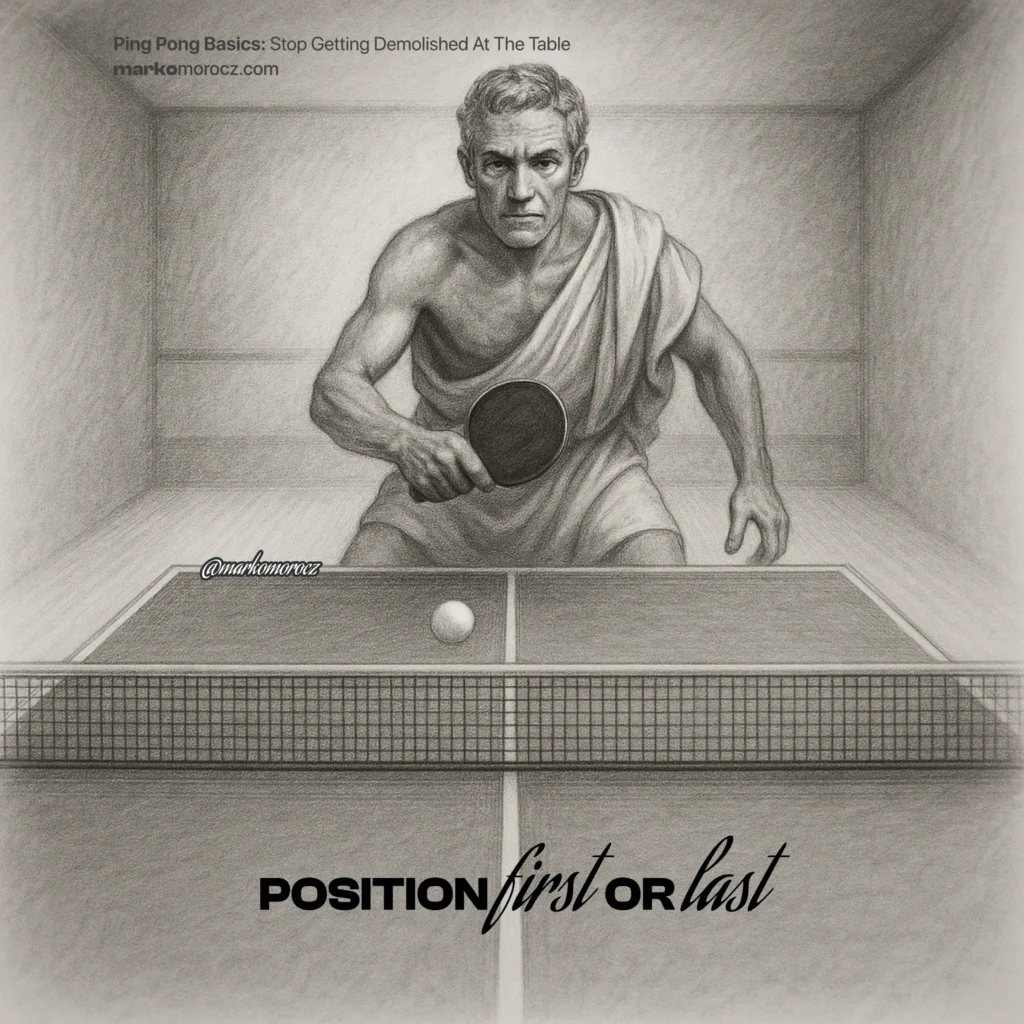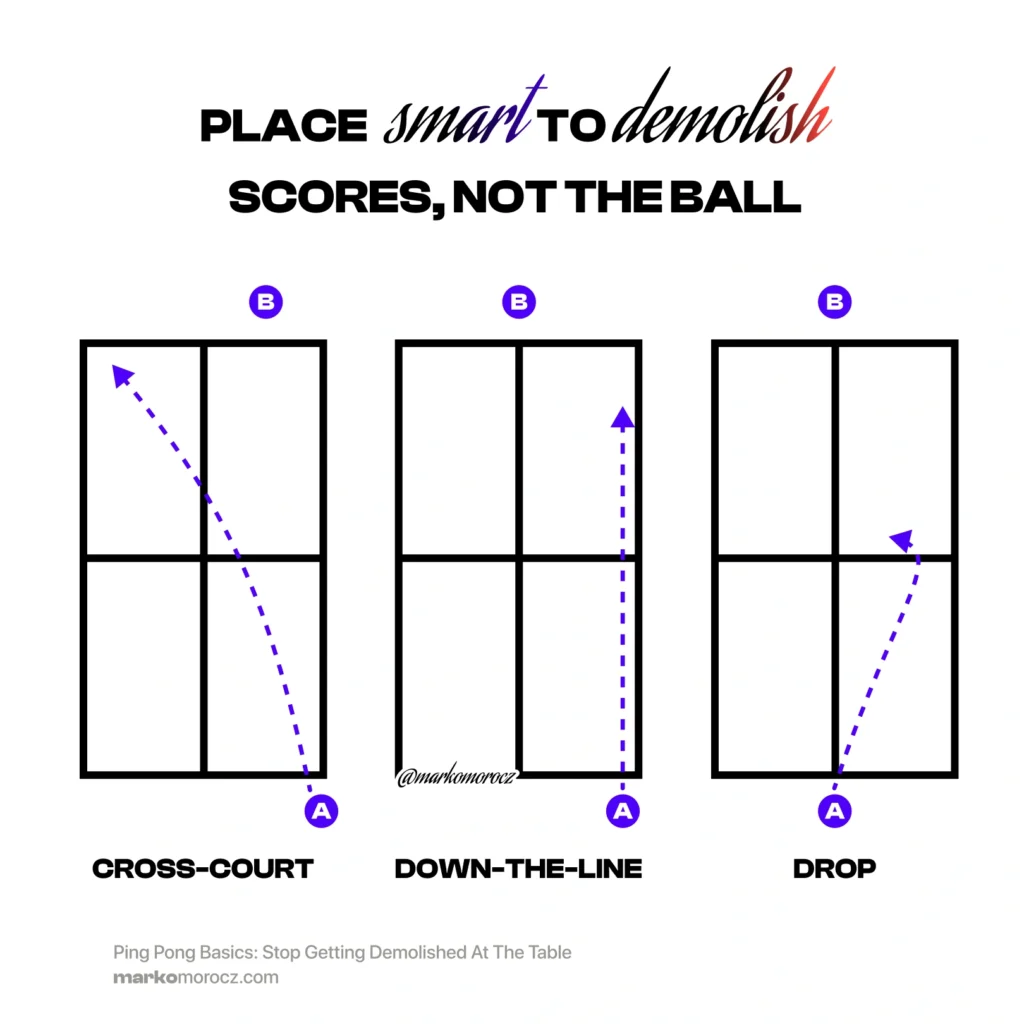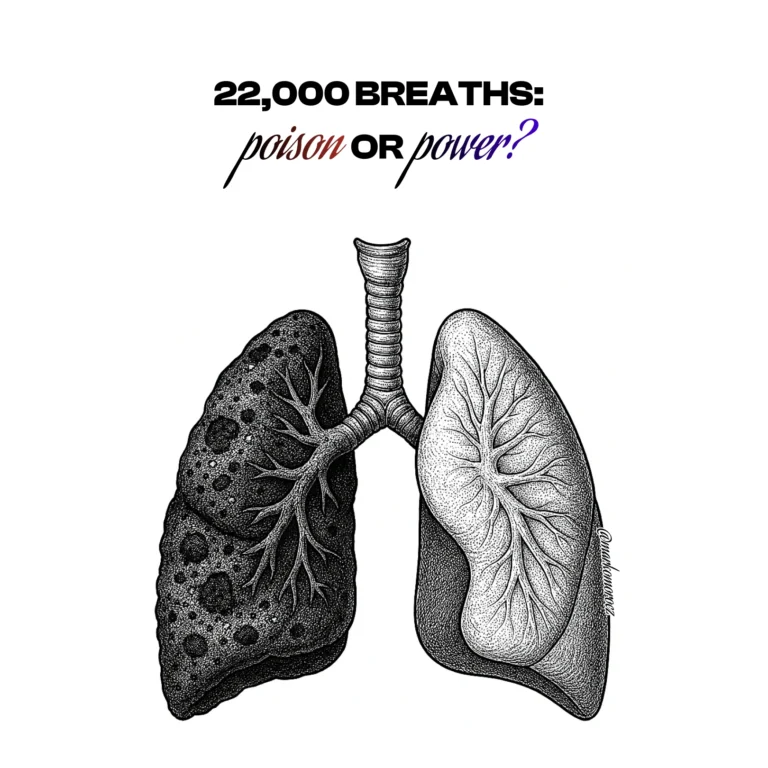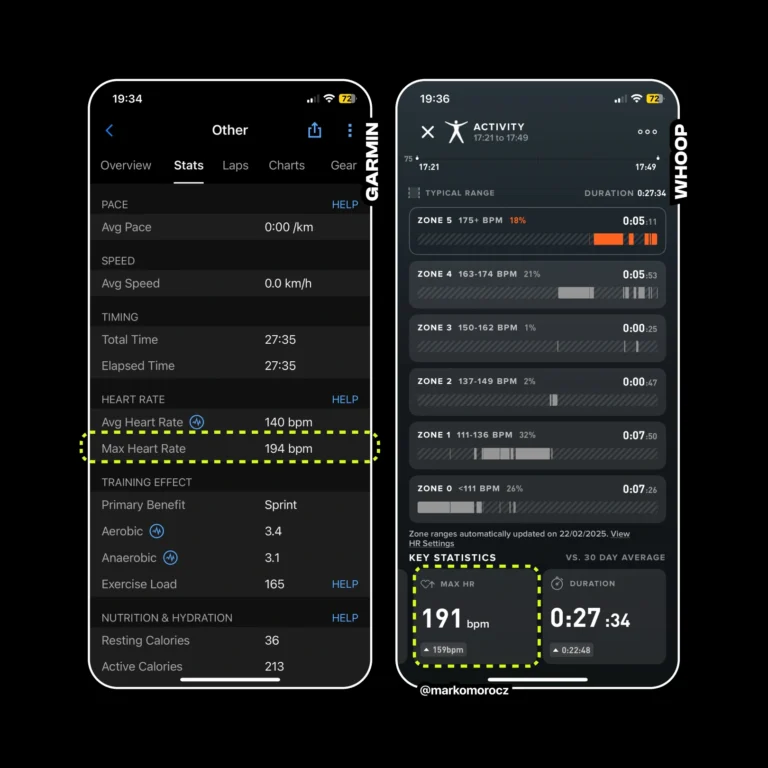Ping Pong Basics: Stop Getting Demolished At The Table
Getting obliterated at the ping pong table?
Your opponent spinning balls like a wizard while you’re flailing your paddle like you’re swatting flies?
Been there. Collected the bruised ego. Aching private parts.
But here’s the truth about ping pong: It’s not the fastest hands that win. It’s the smartest positioning.

The 5 Laws Of Not Getting Humiliated At Ping Pong
Law 1: Master The Ready Position Or Quit
Your stance is your foundation. Your fortress. Your last line of defense against flying plastic balls.
It’s that balanced position—slightly crouched, weight on the balls of your feet, paddle at chest level.
Why?
From proper ready position, you can attack or defend in milliseconds. From terrible posture? You’re dead before the ball bounces.
The Rule: Stay low, stay balanced, stay ready. Like a coiled spring waiting to explode.
Because one sloppy stance = one lost point.
Law 2: Placement Destroys Power Every Time
Stop trying to kill the ball. This isn’t baseball.
Your job isn’t to smash everything. It’s to place shots where your opponent can’t reach them.
The Arsenal:
- Cross-court shots: Diagonal angles that stretch your opponent. Your bread and butter.
- Down-the-line drives: Straight shots that catch them off-guard. Your surprise attack.
- Short drops: Balls that barely clear the net and die. Your secret weapon.

Mix these like a master chef. Keep your opponent guessing, reaching, missing.
Law 3: Footwork Separates Winners From Losers
Bad footwork = late shots = easy points for your opponent.
The Basics:
- Small shuffle steps to adjust position
- Always return to center after each shot
- Move with your whole body, not just your arm
- Stay light on your feet like you’re dancing
Think cat, not elephant. Quick, precise, always balanced.
Law 4: Consistency Beats Hero Shots Every Single Time
Want to know the fastest way to lose?
Try to hit winners on every rally.
Winners are for closers. And you’re not closing anything if you’re gifting points with unforced errors.
The 80/20 Rule of Ping Pong:
- 80% of your shots should be safe, controlled, and deep
- 20% can be attacking when you see an opening
- 0% should be desperation shots when you’re off-balance
Remember: Your opponent can’t win if they keep hitting balls into the net.
Law 5: Read The Spin Or Get Schooled
Elite players aren’t magicians. They just decode spin better.
What to Watch:
- Paddle angle at contact (shows spin direction)
- Follow-through (reveals spin intensity)
- Ball trajectory (topspin dips, backspin floats)
- Bounce behavior (spin affects how the ball kicks off your side)
The Spin Decoder:
- Topspin: Ball dips fast, kicks forward after bounce
- Backspin: Ball floats, kicks backward after bounce
- Sidespin: Ball curves left or right in flight
How to Combat It:
- Against topspin: Close your paddle angle, hit more forward
- Against backspin: Open your paddle angle, hit slightly upward
- Against sidespin: Adjust aim opposite to the spin direction
- When in doubt: Return with topspin—it neutralizes most incoming spin
Start reading. Stop guessing.
The best players are reading the matrix while everyone else is getting dizzy.
Ping Pong Paradox: Relax to Dominate
Here’s what destroys beginners faster than bad reflexes:
Tension.
Ping pong rewards fluidity, not force. Grace, not grip strength.
The Minimalist’s Guide to Maximum Results:
- Loose grip = better feel
- Smooth strokes = consistent contact
- Calm mind = quick decisions
- Efficient movement = sustained energy
Your 7-Day Ping Pong Transformation Protocol
Day 1-2: Master the ready position. Practice shadow swings. Focus on balance and paddle control.
Day 3-4: Placement drills. Hit 50 cross-courts, 50 down-the-lines, 50 short drops. No power. Pure precision.
Day 5-6: Footwork patterns. Practice moving side-to-side while maintaining balance. Small steps. Quick recovery to center.
Day 7: Game simulation. Play points focusing on one principle per game. Don’t keep score. Keep learning.
The Advanced Secret: It’s All About Timing
Once you master the basics, ping pong becomes a timing game.
Early timing = you control the rally
Late timing = you’re always defending
Perfect timing = you’re unstoppable
The Timing Hierarchy:
- See the ball early (track from opponent’s paddle)
- Move your feet first (position before swing)
- Contact at peak (highest point of bounce)
- Follow through smoothly (let the paddle flow)
The Mental Game: Where Matches Are Won
Ping pong isn’t won with perfect technique. It’s won between the ears.
The Mental Toolkit:
- Pattern recognition: Most players have 2-3 favorite shots
- Pressure application: Force errors with consistent pressure
- Patience cultivation: Wait for the right opportunity to attack
- Emotional control: Stay calm when points get intense
The Bottom Line: Mind Over Paddle
Ping pong isn’t won with the fastest reflexes. It’s won with the smartest strategy.
The player who positions better wins. The player who reads spin faster wins. The player who makes fewer errors, not more winners, wins.
Stop trying to be a hero. Start being a tactician.
Because in ping pong, like in the arena of life, the patient strategist demolishes the reckless attacker.
Every. Damn. Time.
Your paddle awaits. Time to position first.
Got ping pong questions that are bouncing around your head? Fire them below—I’d love to see what’s spinning in that tactical mind of yours.





